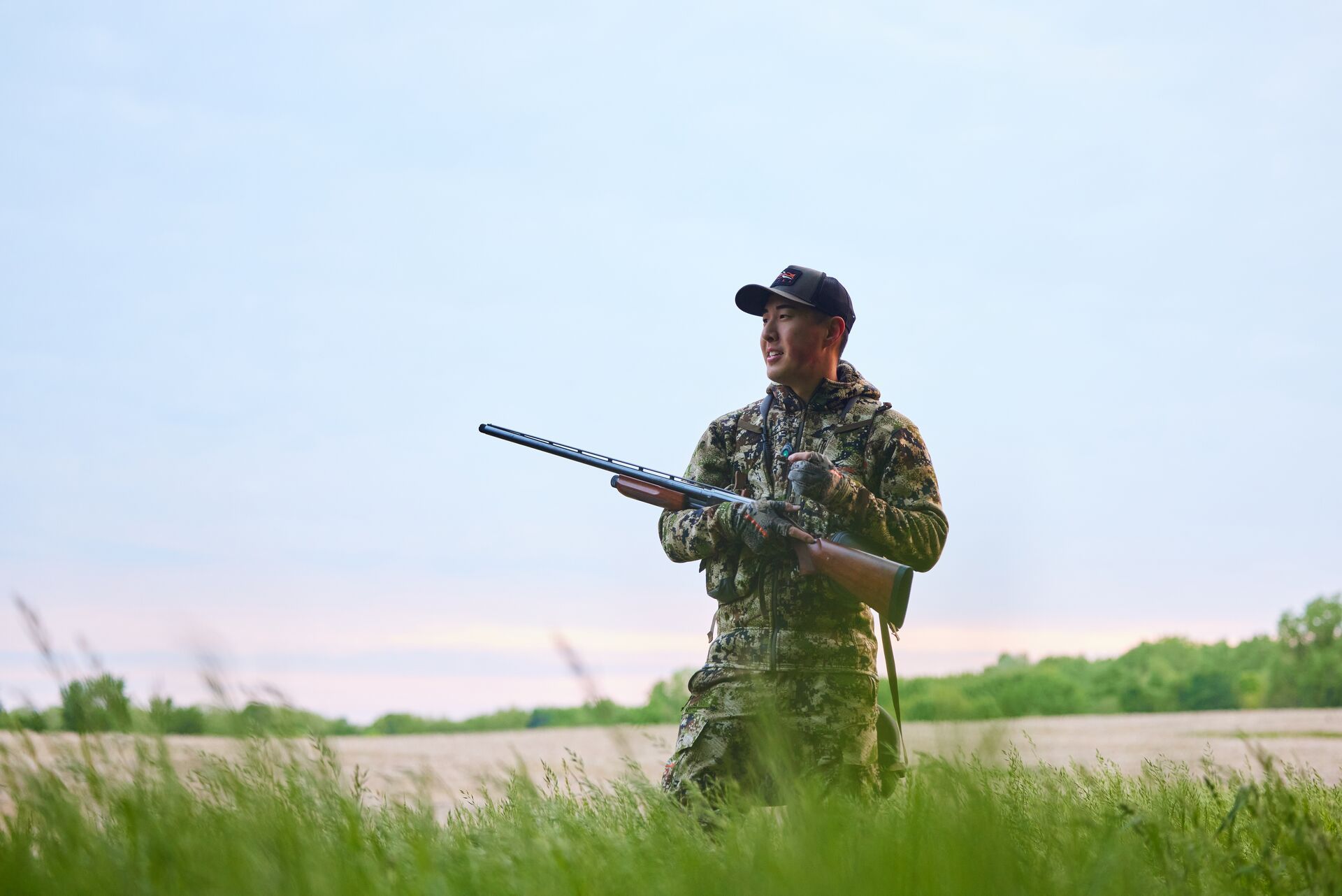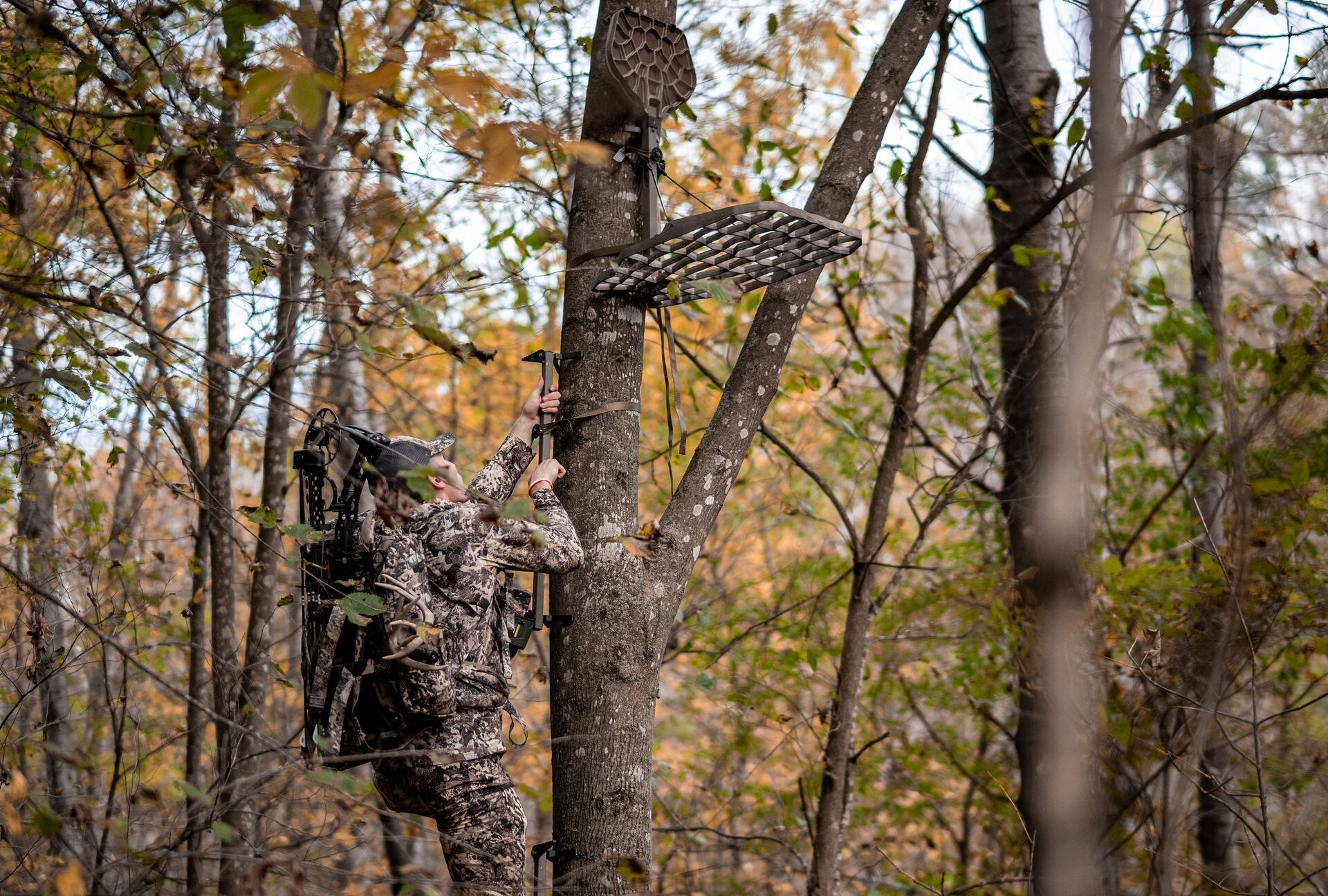Field Guide / Hunting Tips
9 Off-Season Tactics Every Deer Hunter Should Do
Any serious deer hunter understands that the season actually lasts 365 days a year. Yes, you read that right.
Previous in Hunting Tips
More Content Like This
Shed Hunting 101: How (and Why) to Find Sheds
The early spring pastime of choice for hunters across the country, shed hunting gives thousands of whitetail hunters a new excuse to get outdoors. For many, exercising and experiencing the whitetail woods in the spring opens new insights into the whi...Read More
Read More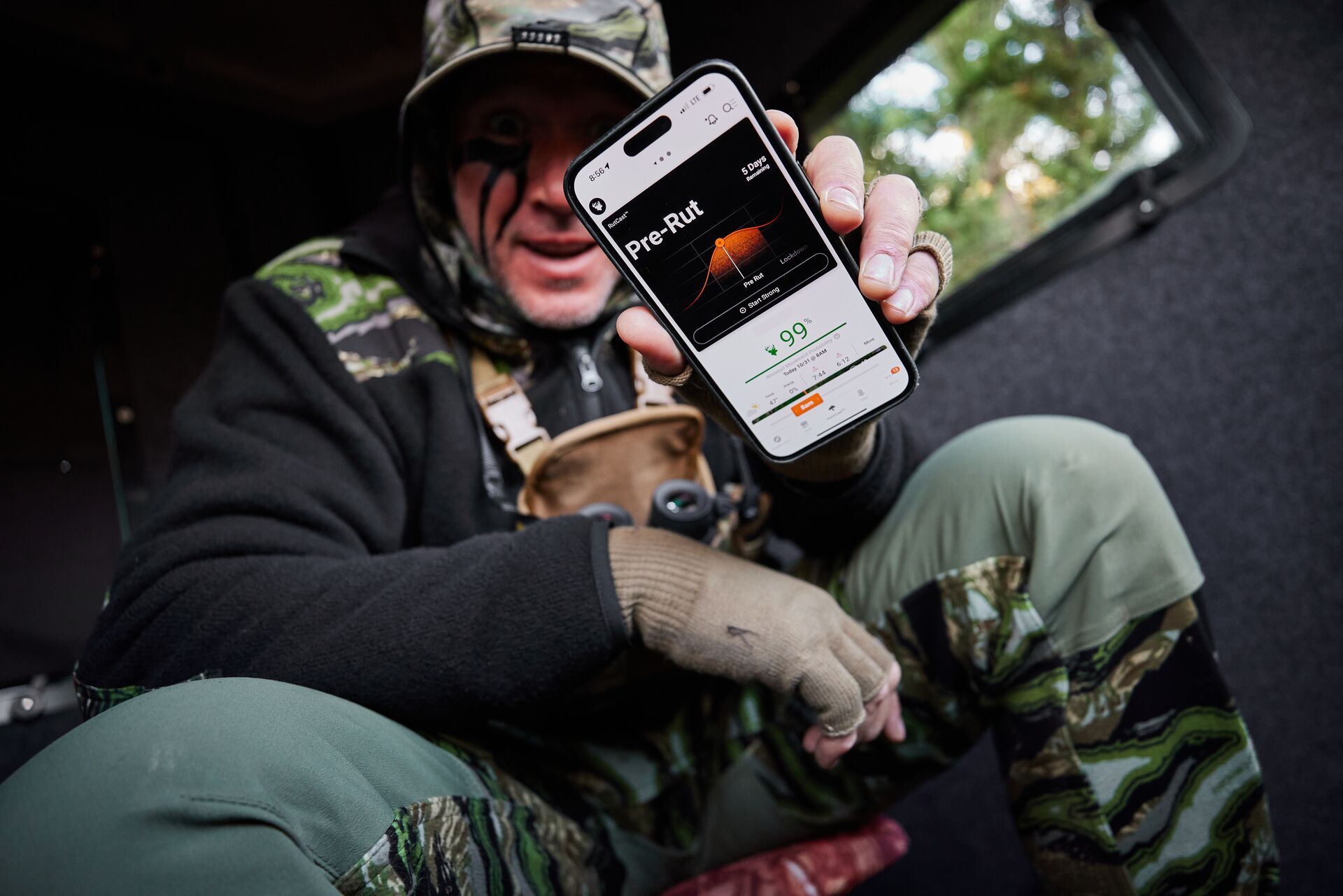
Top Hunting Apps: 22 Ways HuntWise Elite Improves Your Hunt
Hunting technology has come a long way — perhaps since you started hunting years ago with your dad or grandfather. Today, hunters can choose from several top hunting apps to help them in the field — but what makes HuntWise Elite the ultimate tool for...Read More
Read More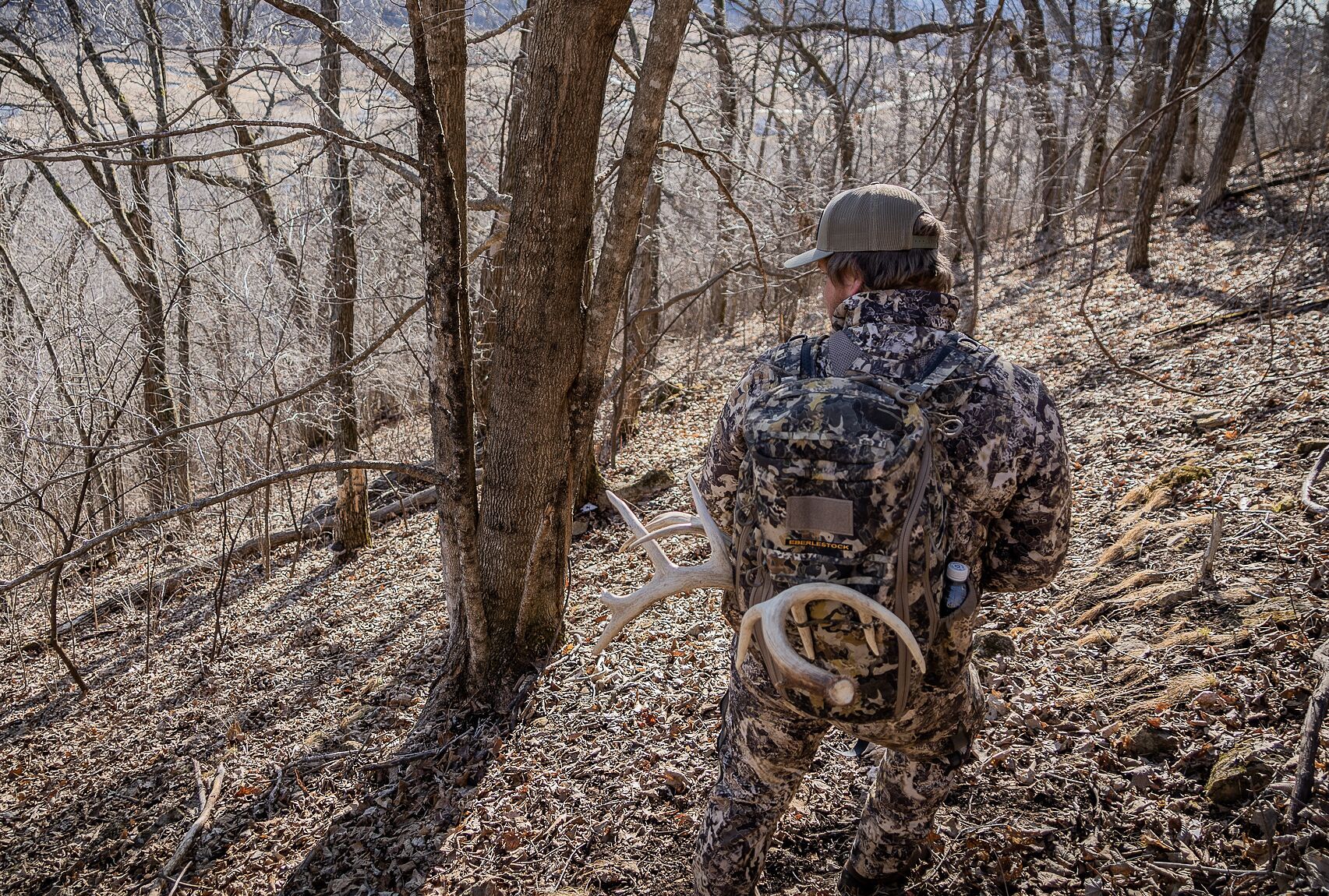
The Year-Round Hunter in March: Scouting for Hunting in the Fall
If you view the chase of whitetail deer as strictly a fall activity, you might go through the season with an unfilled tag. The most successful whitetail hunters know that the chase for whitetails is a yearlong endeavor, with each month providing a un...Read More
Read More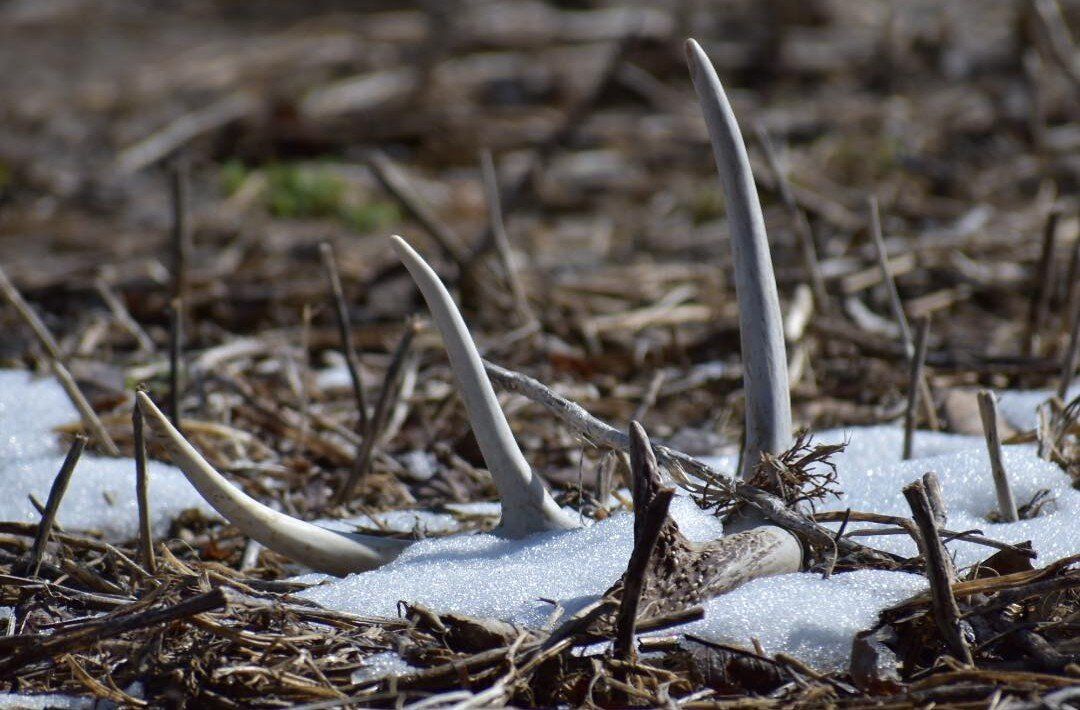 Hunting Tips
Hunting TipsShed Hunting 101: How (and Why) to Find Sheds
The early spring pastime of choice for hunters across the country, shed hunting gives thousands of whitetail hunters a new excuse to get outdoors. For many, exercising and experiencing the whitetail woods in the spring opens new insights into the whi...Read More
Read More Hunting Tips
Hunting TipsTop Hunting Apps: 22 Ways HuntWise Elite Improves Your Hunt
Hunting technology has come a long way — perhaps since you started hunting years ago with your dad or grandfather. Today, hunters can choose from several top hunting apps to help them in the field — but what makes HuntWise Elite the ultimate tool for...Read More
Read More Hunting Tips
Hunting TipsThe Year-Round Hunter in March: Scouting for Hunting in the Fall
If you view the chase of whitetail deer as strictly a fall activity, you might go through the season with an unfilled tag. The most successful whitetail hunters know that the chase for whitetails is a yearlong endeavor, with each month providing a un...Read More
Read More
1 of 3
